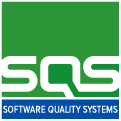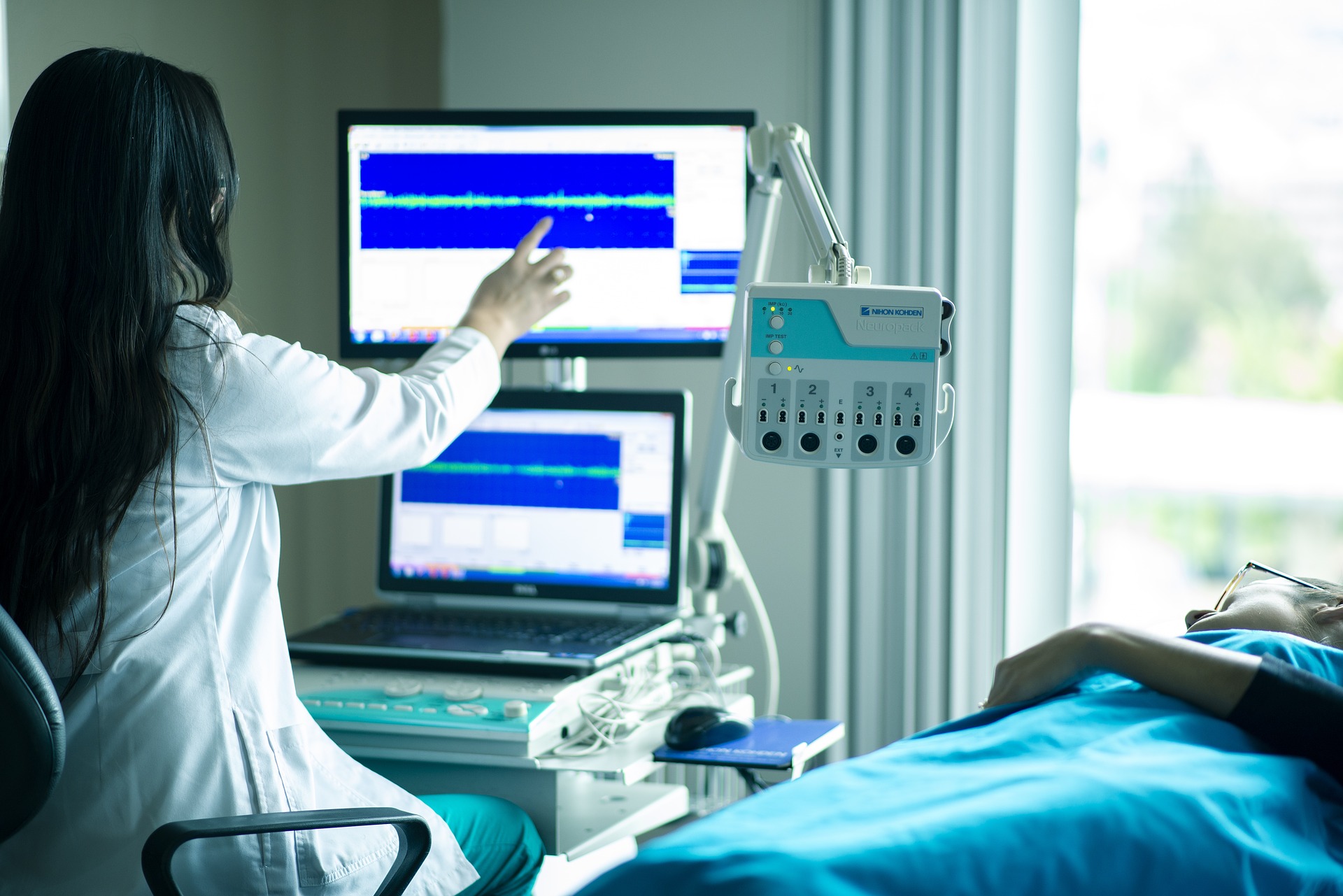It is increasingly common to find software solutions or medical equipment directed or supported by software components in the health sector. From patient status monitors, support teams during surgical interventions, automation equipment in the preparation of medicines, and so on. All these software solutions allow staff and patients to receive technological solutions with high added value and that improve in a very direct way the service provided in such an important field and with such a direct relationship for people such as health.
That is why this sector is really focused on providing solutions with a high quality value and requires a great task of verification of the solutions developed.
Worldwide entities such as the European Medicines Agency (EMA) or the US Food and Drug Administration (FDA) establish guidelines to follow and minimum levels of verification of solutions to ensure that the solution works with the expected quality and can be commercialized and used safely by the user and/or patient who needs the development carried out.
These certifying entities, as well as many others in other parts of the world, are in charge of examining, evaluating and approving products for medical use and, in order to be sure that the certifying entities are going to give their approval and, most importantly, that the health of the people involved in the use is not compromised by using the product under verification study.
That is why, prior to requesting this examination by the certifying entities, it is necessary to carry out a series of verification and validation tasks that demonstrate the correctness of the product from its design to its final internal production, prior to that examination by an entity external to the product developer himself. Sometimes, if the developer company is not capable of internal verification and validation, ensuring impartiality in the development and verification process, external entities also participate in supporting the manufacturer in obtaining internal verification.
Then, the team in charge of the verification, establishes the tasks to be carried out in the process by preparing a verification master plan (VMP), which will be followed by the team to carry out and obtain the conclusions regarding the product quality. As part of this plan will be the tasks related to the documentary review of the product, its risk analysis, its unit tests if deemed necessary based on the criticality of the product derived from the risk analysis itself carried out, the system tests and the obtaining of a final validation report that brings together the defined tests and the conclusions obtained from all the tasks carried out.





